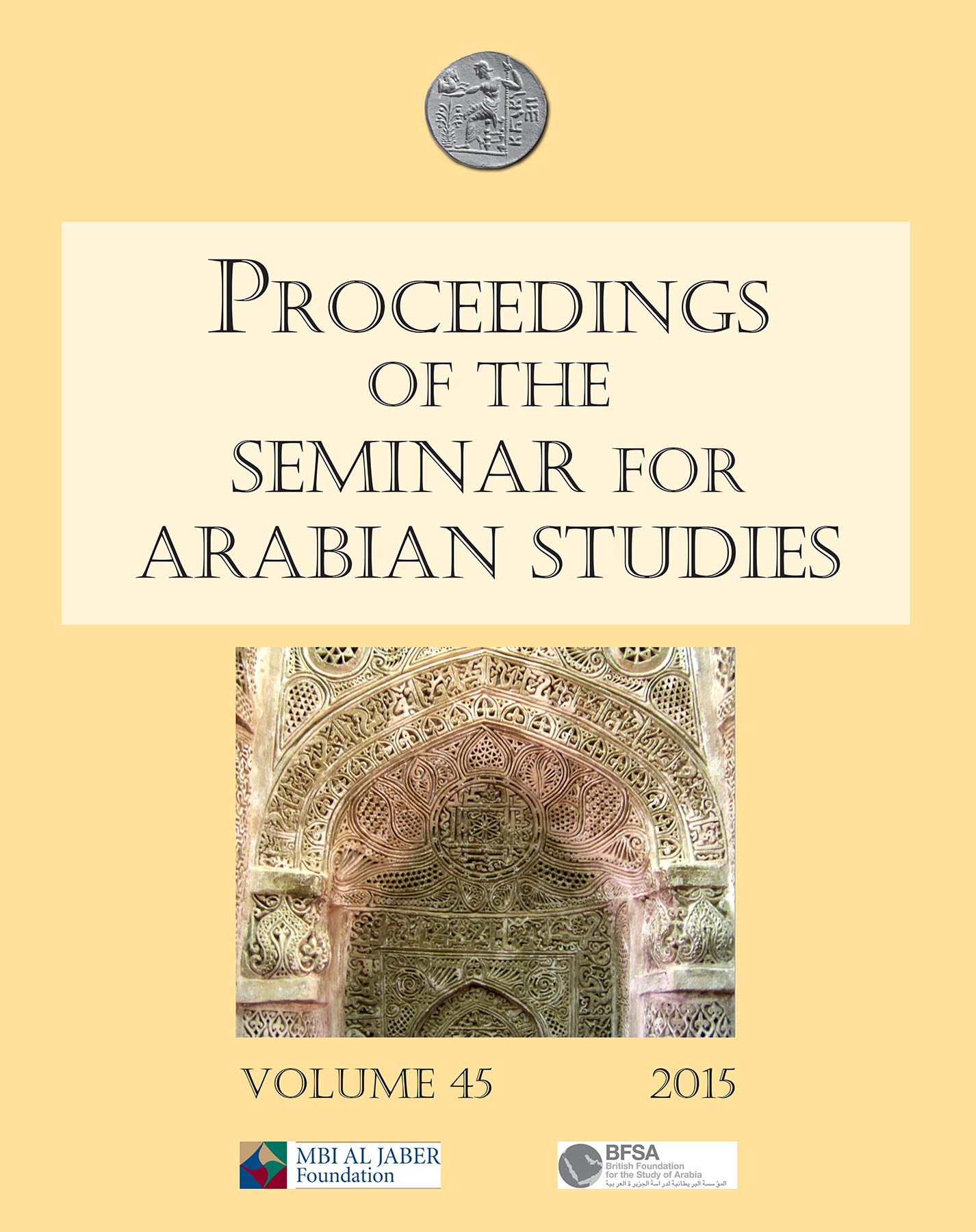From Liḥyān to the Nabataeans: dating the end of the Iron Age in north-west Arabia
Keywords:
Libyan, Nabataeans, Hegra, Dadan, coinsAbstract
This paper reassesses the political and cultural chronology of north-west Arabia in the second half of the first millennium for the kingdom of Libyan or for the Nabataean takeover of the area: only archaeology may offer new insights into the history of this important but poorly known period. Recent excavation results from Hegra/Madä 3 in Sälih and from various sites in the al-c Ula oasis (Dadan/al-Khuraybah, Tall al-Kathîb, Khlf al-Zahrah) suggest a disruption in the settlement history and material culture of the area in the third century At that time, Dadan and its peripheral settlements seem to have entered a phase of decline, while the Iron Age painted pottery tradition probably came to an end. Conversely, the Saudi-French excavations at Hegra show uninterrupted occupation and development throughout the second half of the first millennium suggesting that this site had replaced Dadan as a regional centre by the early second century — that is, well before the commonly accepted date for the Nabataean takeover of the area. Numismatic data confirm the existence of an autonomous power at Hegra from the late third or early second century to the first century revealing a hitherto unknown chapter in the political and cultural history of north-west Arabia.
References
.
Published
How to Cite
Issue
Section
License
Archaeopress Publishing, Oxford, UK


